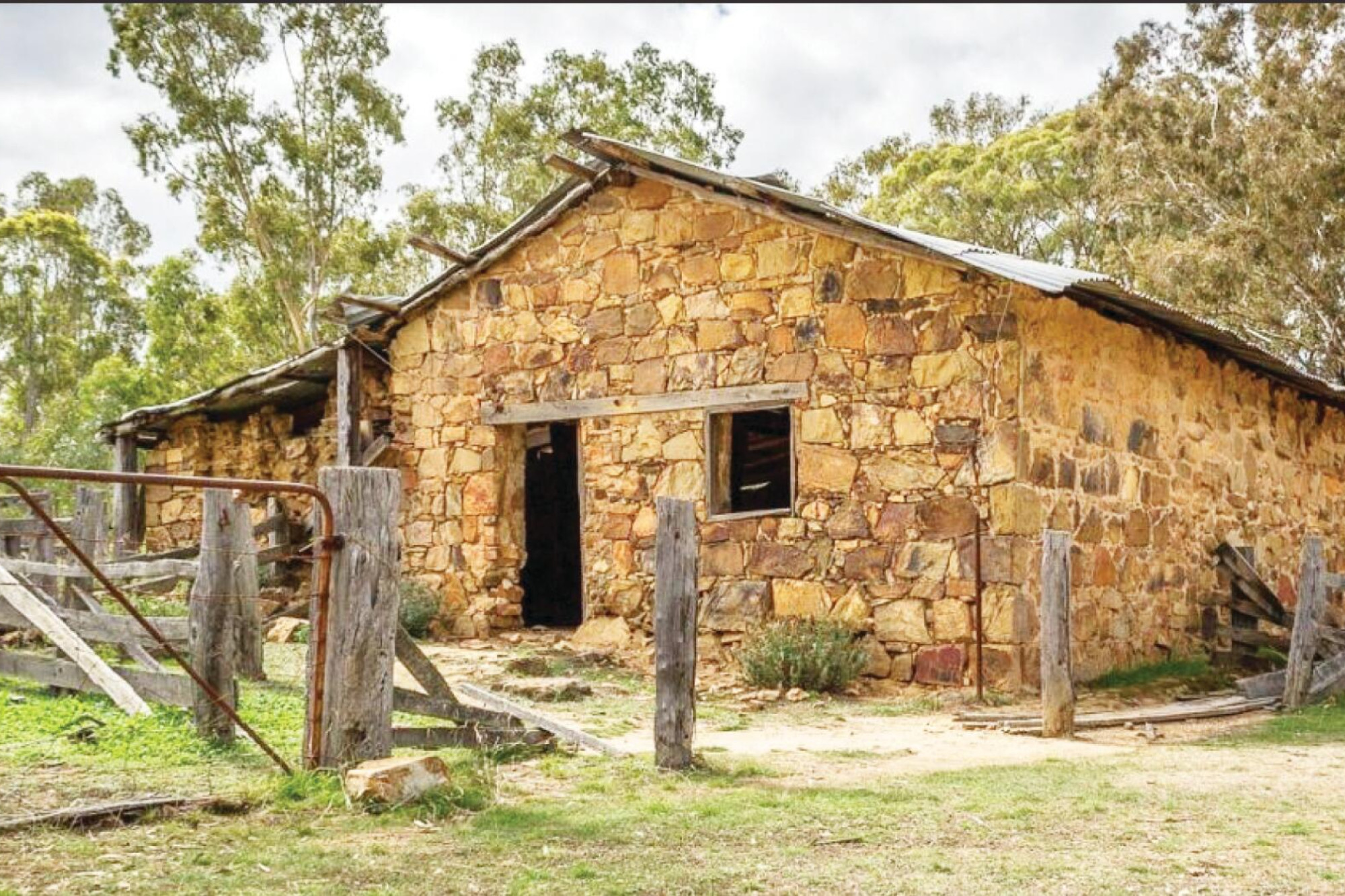General News
8 January, 2025
An elusive history and hidden graves
By KEN ARNOLD ELUSIVE for some, waiting to be discovered for others are forgotten goldfields – Beverley, Jones’ Creek. Never heard of them? How about Waanyarra tucked in bushland between Tarnagulla and Dunolly? What was once a mecca for hundreds...

By KEN ARNOLD
ELUSIVE for some, waiting to be discovered for others are forgotten goldfields – Beverley, Jones’ Creek.
Never heard of them? How about Waanyarra tucked in bushland between Tarnagulla and Dunolly?
What was once a mecca for hundreds of miners seeking a golden fortune in the 19th century, Waanyarra today is a place of history waiting to catch modern bushland explorers venturing into the land of little waters.
On November 1, 1853, John Foster, of the Colonial Secretary’s Office approved the plans for the township of Beverley, about five miles above the junction of Jones’ Creek and the Loddon River. Although the area had been rushed in March 1853 it seems that it was never referred to as Beverley, only as Jones’ Creek.
The prospectors moved to and from the rushes but when the sixty-seven-ounce nugget was found in a blind gully near Jones’ Creek in September 1856, the area became more settled. As a result, several hotels, stores and blacksmiths were soon established.
Government surveyor, Phillip Chauncey, named the locality Waanyarra (Little Waters) in 1861 however when the common was reserved on August 6, 1861, it was still referred to as Jones’ Creek as was the school site when it was named on August 12, 1861. It was not until April 1871 that the township became known as Waanyarra.
The original main Dunolly to Sandy Creek Road, now Tarnagulla Road, was some distance west of the current Bridgewater-Dunolly Road. It passed over the contour drain that ran roughly east west through the bush. The drain was used to harvest water which ran into the old Dunolly reservoir on the Dunolly-Rheola Road, near Heenan Road. The road then crossed Noose Road around a large hill before heading into Waanyarra.
It must be noted that Waanyarra was a very spread-out goldfield, however most people likely believe it just occupied the clearing, opposite the former White Swan hotel site, on the main road.
Some of the business houses were down along the Waanyarra Cemetery Road which leads into Morton’s Lane which terminates at Waanyarra Road. The area to the left at that intersection was the old recreation reserve, whilst just across from this intersection once stood the old state school. If you turn right the road passes the old post office, before eventually reaching the Tarnagulla-Eddington Road.
Folklore has it that the trustees of the cemetery refused to allow a prostitute to be buried in the cemetery. As a result, the woman was buried between two sheets of bark in a shallow grave on the creek flat however, after Jones’ creek flooded, the body floated to the surface thus it was reburied. This well-kept grave is marked by white quartz rocks, ornaments and plastic flowers. A more recent folklore story is that the lady was known as Yvonne and that she was half Aboriginal with only one leg. Neither of these stories are backed by any historical documentation.
The other two smaller graves are also referred to as ladies of the night graves, however they may actually be for dogs. Regardless of exactly who is buried in these scattered graves along Waanyarra Cemetery Road, the one on the creek flat is adorned with stones and flowers, being maintained by one and all, as a remarkable feature of the fascinating Jones’s Creek goldfield.
To visit the three graves, you need to go to Tarnagulla. Rather than following the Wimmera Highway towards the St Arnaud sign instead, travel towards Dunolly for around 7km until you see the sign for the Waanyarra cemetery, where you turn left and travel down through the creek past the historical cemetery.
A short distance further you will see one grave on the creek flat, to your right. The other two much smaller grave sites are on your left just past the bicycle rest, however since I took the photographs the sites are now almost impossible to identify.
If you continue along the road you will come to the free stone Morton’s Inn built by convict Michael Morton in the 1850s. It was a public bar frequented by local miners up until 1883, along with a provisions store.
This building was the home for Morton’s family of eight. In more recent years it has been used as a shearing shed.
A little further on you will pass through a historic stone lined crossing however this is barely visible, owing to erosion.
If you stop at the bicycle rest you will find barbecue facilities, toilets, a giant mulberry, several motor homes, campers, old foundations and scattered rubble. There is a cycling track and a bush walking track.
Waanyarra is an ideal place for gold detecting and bird watching.